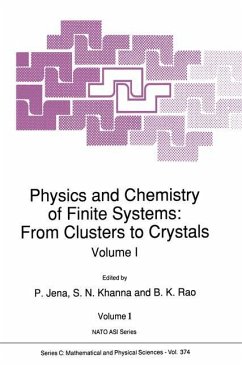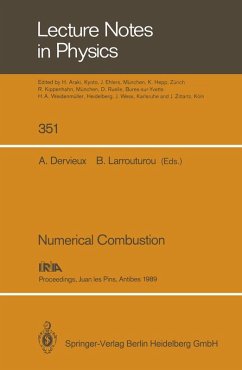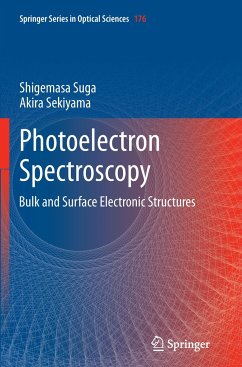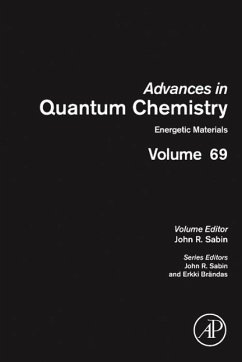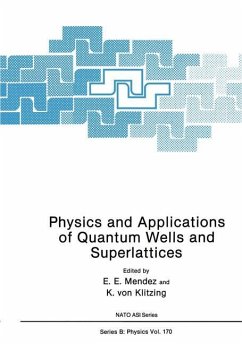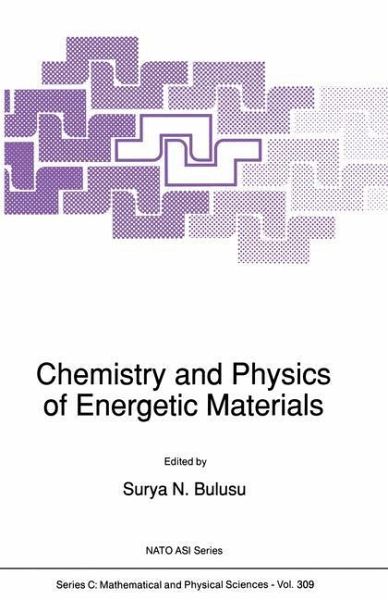
Chemistry and Physics of Energetic Materials

PAYBACK Punkte
115 °P sammeln!
This book represents a collection of lectures presented at the NATO Advanced study Institute(ASI) on "Chemistry & Physics of the Molecular Processes in Energetic Materials", held at Hotel Torre Normanna, Altavilla Milicia, Sicily, Italy, September 3 to 15, 1989. The institute was attended by seventy participants including twenty lecturers, drawn from thirteen countries. The purpose of the institute was to review the major ad vances made in recent years in the theoretical and experi mental aspects of explosives and propellants. In accordance with the format of the NATO ASI, it was arranged to h...
This book represents a collection of lectures presented at the NATO Advanced study Institute(ASI) on "Chemistry & Physics of the Molecular Processes in Energetic Materials", held at Hotel Torre Normanna, Altavilla Milicia, Sicily, Italy, September 3 to 15, 1989. The institute was attended by seventy participants including twenty lecturers, drawn from thirteen countries. The purpose of the institute was to review the major ad vances made in recent years in the theoretical and experi mental aspects of explosives and propellants. In accordance with the format of the NATO ASI, it was arranged to have a relatively small number of speakers to present in depth, re view type lectures emphasizing the basic research aspects of the subject, over a two week period. Most of the speakers gave two lectures, each in excess of one hour with addition al time for discussions. The scope of the meeting was limit ed to molecular and spectroscopic studies since the hydro dynamic aspects of detonation and various performance crite ria of energetic materials are often covered adequately in other international meetings. An attempt was made to have a coherent presentation of various theoretical, computational and spectroscopic approaches to help a better understanding of energetic materials from a molecular point of view. The progress already made in these areas is such that structure property (e. g.





